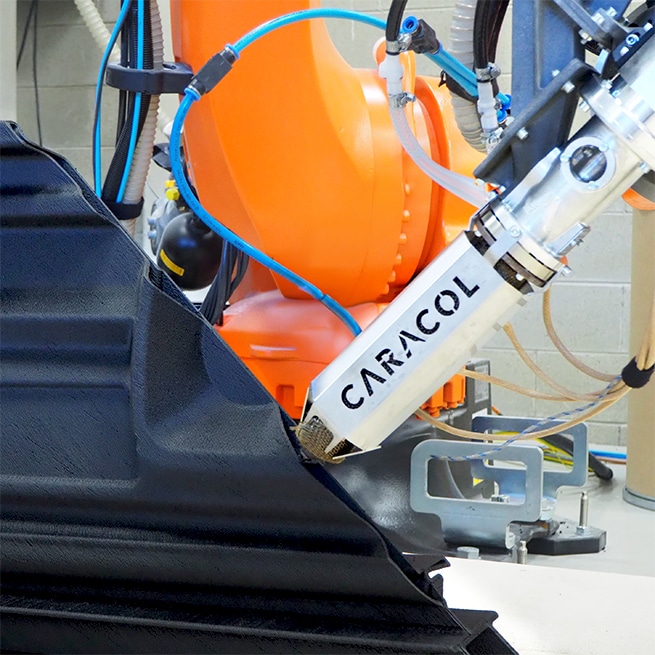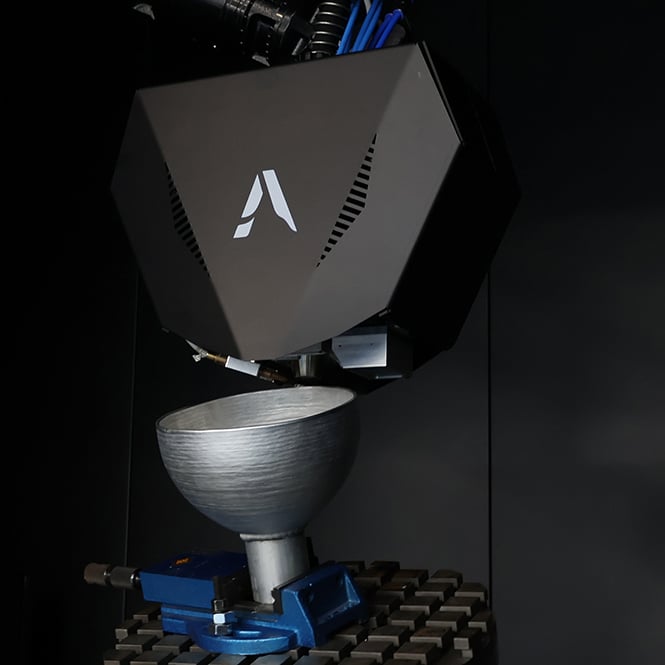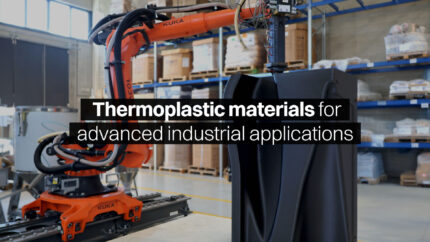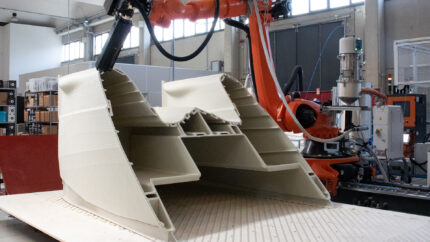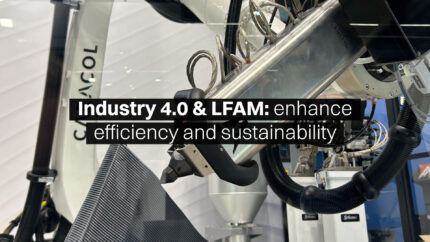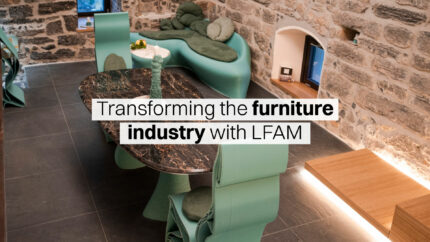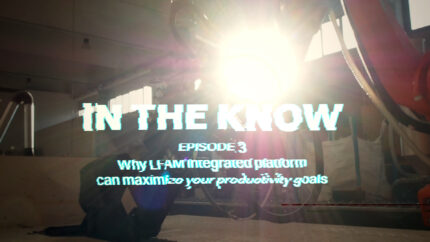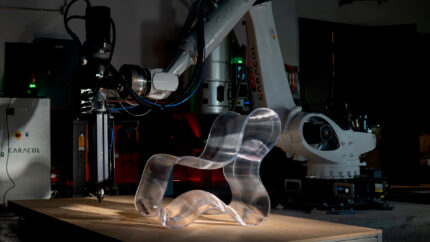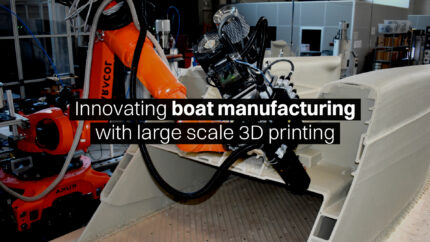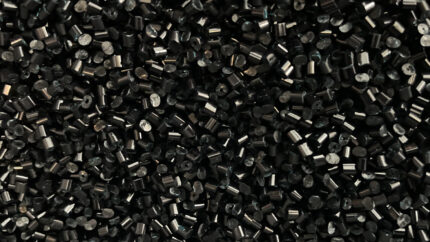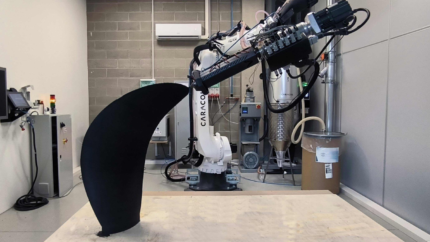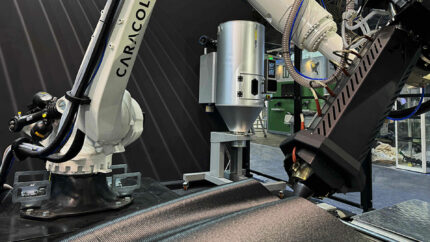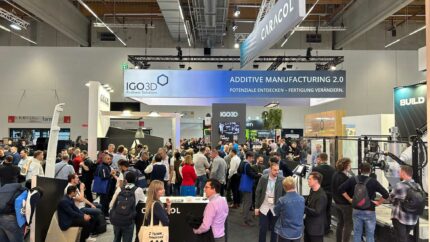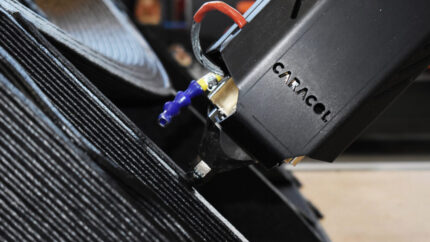
6 criteria to understand if your part should be made with LFAM
Large-Format Additive Manufacturing has emerged as a revolutionary technology, offering advantages to manufacturing companies that have the potential of reshaping industries and processes – from aerospace to automotive, and from construction to design. As a technology-provider Caracol has always had an application-first approach and recognizes that LFAM is not a one-size-fits-all solution. While these technologies continue evolving and hold immense promise, their success hinges on understanding where it makes sense and where it doesn’t.
Strategic Considerations: Where large scale additive manufacturing makes sense
Successful deployment requires a nuanced understanding of its strengths and limitations. There are six major aspects to bear in mind when investigating if this technology makes strategic sense for your production or not.
PRODUCTION VOLUMES
LFAM has been developed to produce on-demand, just in time, and with specific focus on very complex parts. This 3D printing technology might be the solution for you if you’re looking to make parts on-demand, with slight changes in customization or fully be-spoke, for small to medium batches, or where the impact cost of molds and tools on the production of the part is very high. On the other hand, if you focus on mass production of highly standardized parts, large-scale 3D printing is likely not a convenient option for your business.
COMPLEXITY OF GEOMETRY
LFAM, especially through robotics, allows you to free up several axes, to tackle applications that have very complex geometries. This technology might be the most cost-effective solution, when you’re looking at components that have organic shapes and specific geometries to the point that even mold making becomes very difficult.
MATERIALS
The right choice of the material for the specific application is critical to ensure the successful deployment of LFAM in your supply chain. At the same time, it’s very important to understand the compatibility of the single 3D printed material with post processing and other technologies’ integration, required to complete the part. For example, in the marine as well as in the aerospace industries, the printing quality of each material is likely to determine the success of the application, as LFAM is just one step of a more articulated supply chain. For these reasons, starting with a deep analysis of the materials’ requirements to fulfil with your part production is key. Thanks to our partners and Caracol’s Material Lab, we can understand whether these requirements can be met and if the materials we have qualified and characterized in our portfolio are suitable for the part.
TECHNICAL REQUIREMENTS
An in-depth analysis of the technical requirements of your parts is also crucial, and it’s one of the most complex aspects we can help analyze. This includes a variety of aspects, from surface finishing and dimensional tolerances, to working temperature of its material, specific requirements such as fire rating and UV resistance are few of the aspects you need to test and map out to understand the feasibility of deploying LFAM in your manufacturing process.
TECHNICAL ADVANTAGES
If you’re looking to print monolithic parts, removing assembly and related human errors, there is a signal that LFAM might be suitable for you. Large scale AM technologies focus on parts starting from over half a meter to several meter long parts (20-25 meters) or more. When scale is key, traditional manufacturing often solves this by manufacturing several parts that are then assembled into one component, while large scale 3D printing overcomes that by enabling part integration. LFAM may also improve some other critical requirements that are not totally fulfilled otherwise, such as weight reduction, working on infill and lightweight structures or metal replacement.
SUPPLY CHAIN AND LOGISTICS
Last but not least, it’s very important to understand the actual supply chain and the lead times required for your parts. If dealing with very heavy logistics, switching to large format additive manufacturing technologies can bring you to localized production, close to the point of use, and to digital supply chains for a smoother spare parts and replacements’ management.
An Application-First Approach for large parts 3D printing
In conclusion, LFAM has the potential to revolutionize manufacturing across numerous sectors. However, its success lies in a clear-eyed understanding of where it can be most effectively applied and harness its full power to drive innovation, efficiency, and sustainability in manufacturing.
As a technology provider, our application-first approach ensures that Caracol’s LFAM platforms such as Heron AM are used where they truly add value, by carefully evaluating each application’s specific requirements. This strategic deployment ensures that our clients reap the maximum benefits of LFAM while avoiding its pitfalls.
